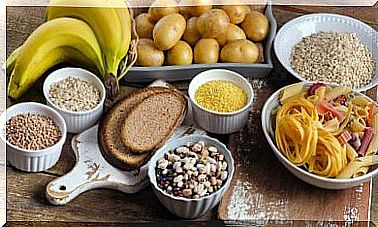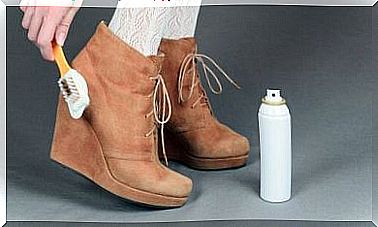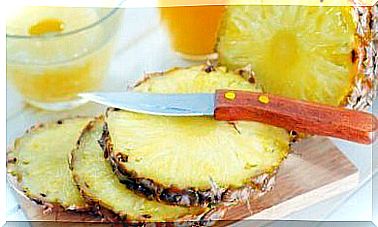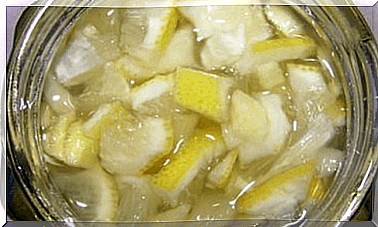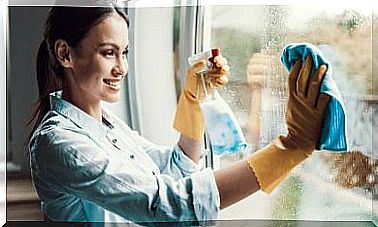Make Your Own Fabric Softener In 5 Easy Steps
With this homemade fabric softener you can protect the environment and remove limescale from the washing machine at the same time.
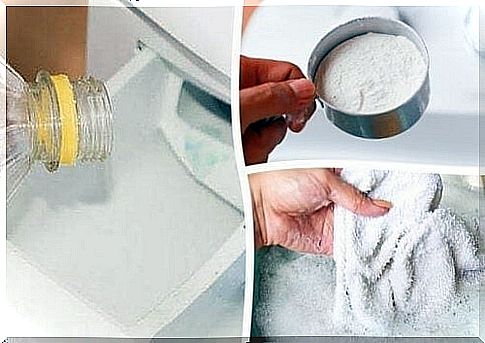
Putting fabric softener in the laundry is common in almost every household. This protects the fabrics of your favorite items of clothing, neutralizes bad smells and achieves a gentle texture, which makes it very comfortable to wear.
Fabric softeners are available in a wide variety of designs, sizes, with different fragrances and price ranges.
However, if you want to try a greener and healthier alternative, you can make this recipe using natural ingredients that are inexpensive and easily available.
Then we explain the advantages of this fabric softener and how it is made in simple steps. Read on to learn more about it.
Why make fabric softener yourself?
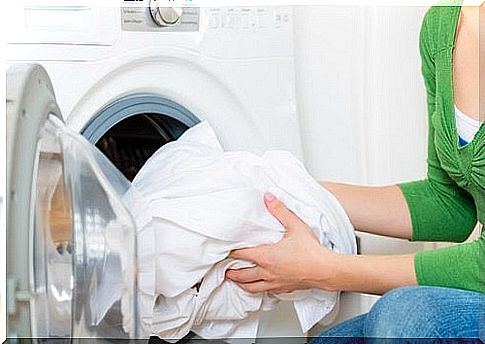
You might be wondering why so complicated when it can be done easily and you can buy the fabric softener ready-made almost anywhere. But fabric softener can easily be made yourself, which has various advantages.
The recipe that we are presenting to you today makes clothes soft, preserves the color and does not stain.
The color is intensified on dark clothing, but sweat stains, which are particularly noticeable on white laundry, can also be removed with it.
In contrast to other products with the same purpose, this fabric softener is environmentally friendly and at the same time protects the washing machine by removing limescale, soap residues and mold.
Since it does not contain any chemicals that are harmful to the environment or the skin, it is an excellent alternative for anyone with allergies or sensitive skin.
In addition , this fabric softener is ideal for keeping baby laundry in the best condition.
It does not contain fragrances or other harmful substances
Most of the time we are not aware of this, but many of the fragrances and chemicals found in commercial fabric softeners can cause health problems.
While they smell very nice, it should be remembered that some of these substances can worsen or cause rhinitis or skin irritation.
Most of the negative effects, as with most commercial cleaning agents, are not felt immediately. Reactions can only occur days or weeks after contact.
Research studies indicate that the phthalates it contains – chemical agents that make the aroma last longer – are believed to be responsible for hormonal imbalances in various animal species.
For all of these reasons, an environmentally friendly alternative is undoubtedly recommended.
If you are already convinced of this, you should definitely try the following recipe in order to benefit from it.
Making a natural fabric softener

This natural fabric softener takes advantage of the basic properties of ingredients like baking soda and white vinegar, which are very well known and popular as natural detergents.
Both contain active ingredients that clean clothes and make the colors shine.
ingredients
- 2 cups of water (500 ml)
- 1 cup of vinegar (250 ml)
- 1/3 cup baking soda (66 g)
- 6 drops of essential oil with your preferred aroma
Step 1
Mix the white vinegar with the water in a bowl.
step 2
Then carefully add the baking soda. This results in bubbling, so stir in the baking soda gradually and not all at once.
step 3
Mix everything well with a spoon and then add the essential oil so that it smells pleasant.
Step 4
Then use the fabric softener for washing like standard fabric softener.
Step 5
Set a normal wash cycle. Once the laundry is dry, you will then feel the difference.
Tips to keep in mind

- If you want the product to be a little thicker, you can add a bit of hair conditioner.
- If the laundry is very dirty with sweat stains in the armpit area and on the collar, it is best to soak them in the fabric softener for 30 minutes before washing. You can also apply some white vinegar to the affected areas.
- To fix the colors in dyed textiles, you can then add a cup of white vinegar to the last rinse.
As you can see, you only need a few inexpensive ingredients for an excellent homemade fabric softener that is good for both health and the environment. Try it yourself!
